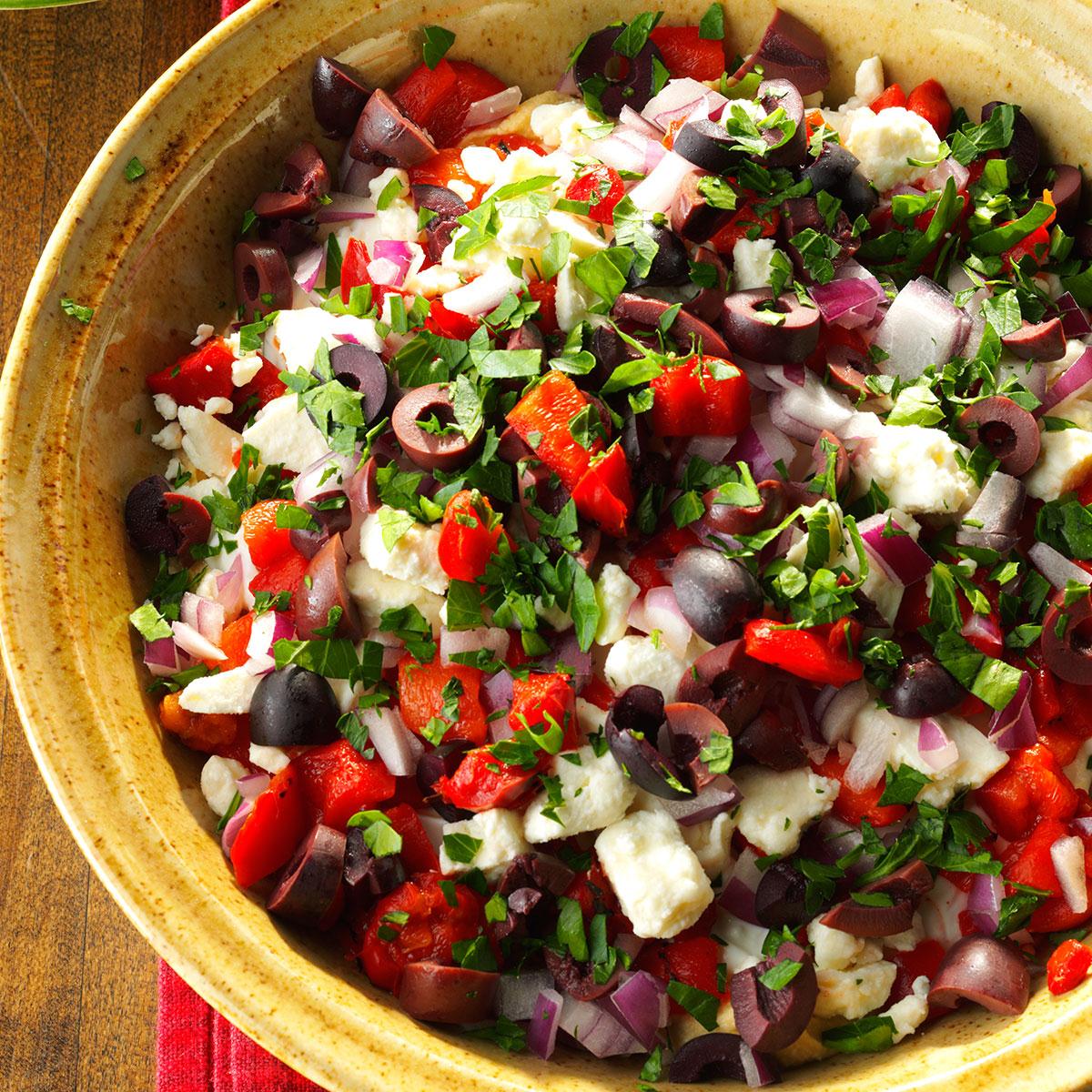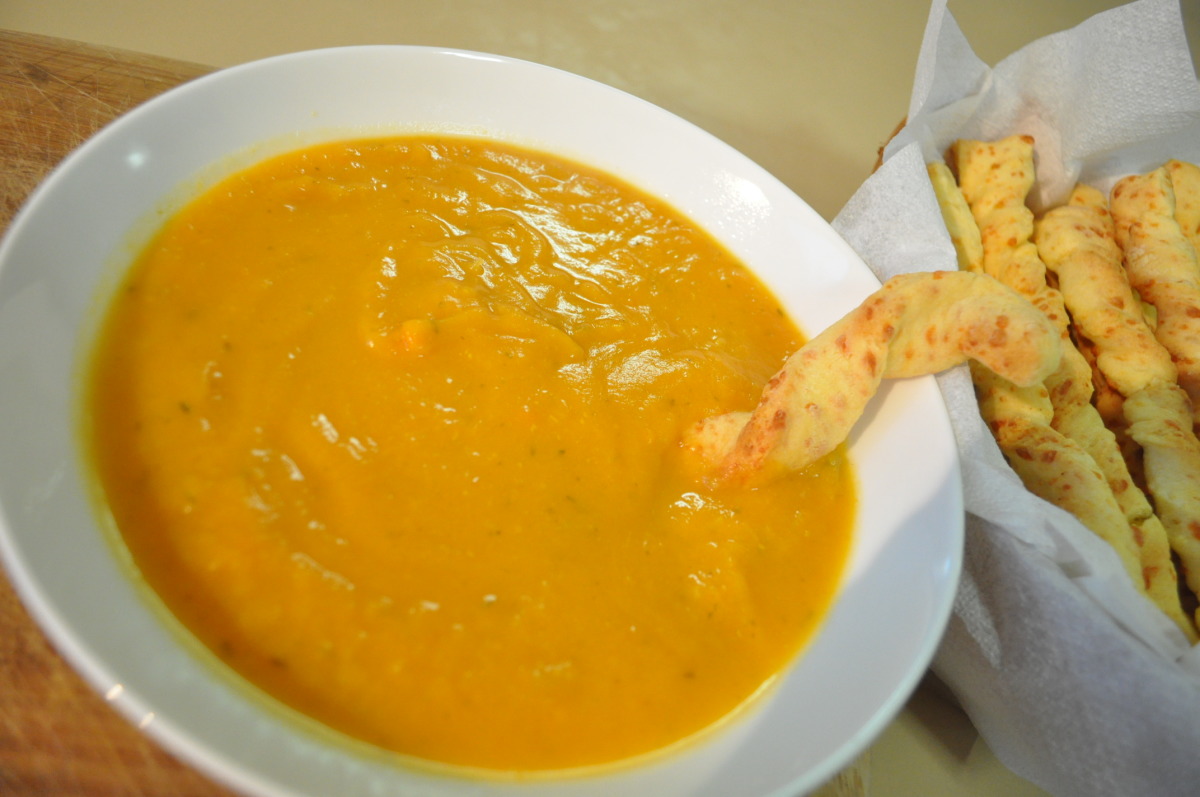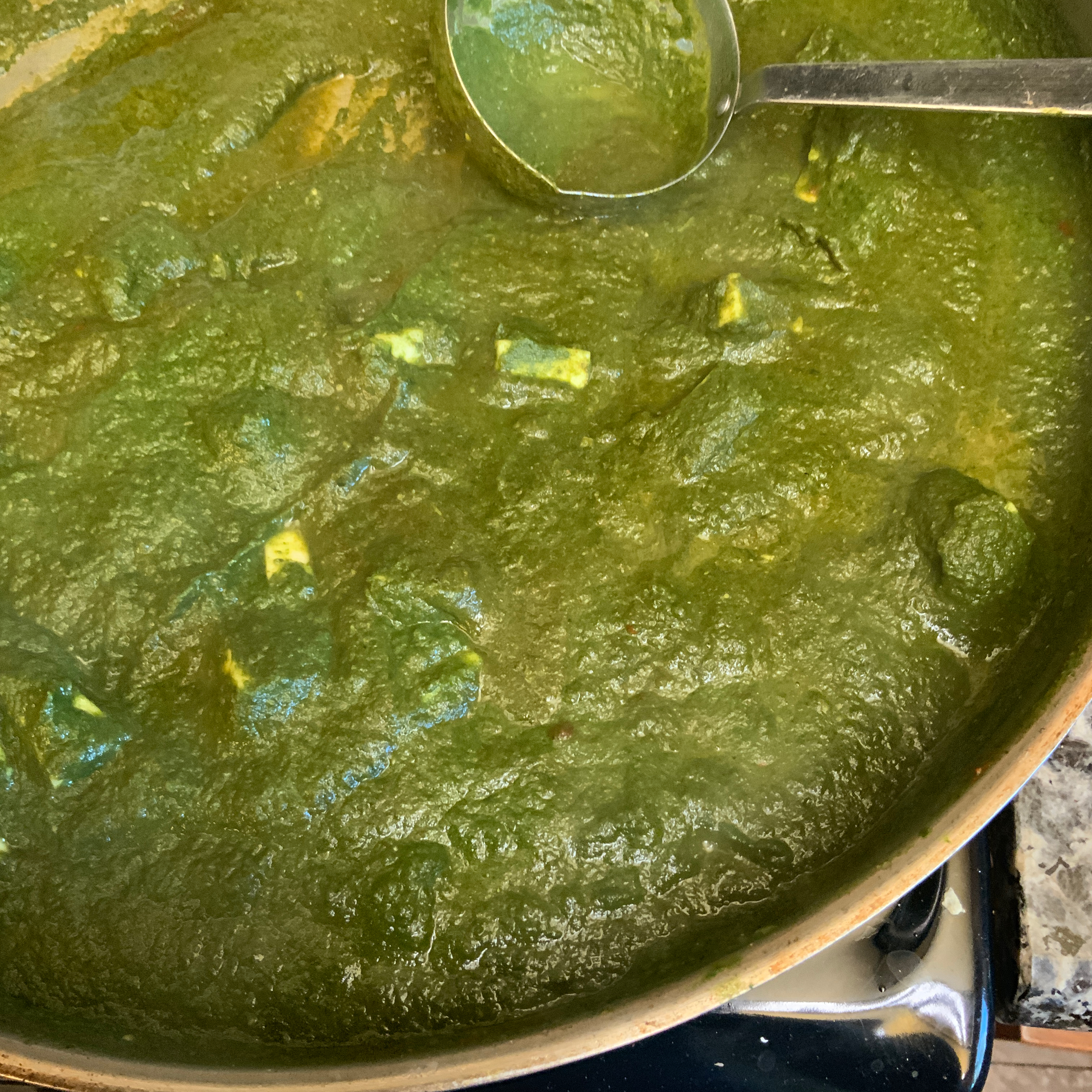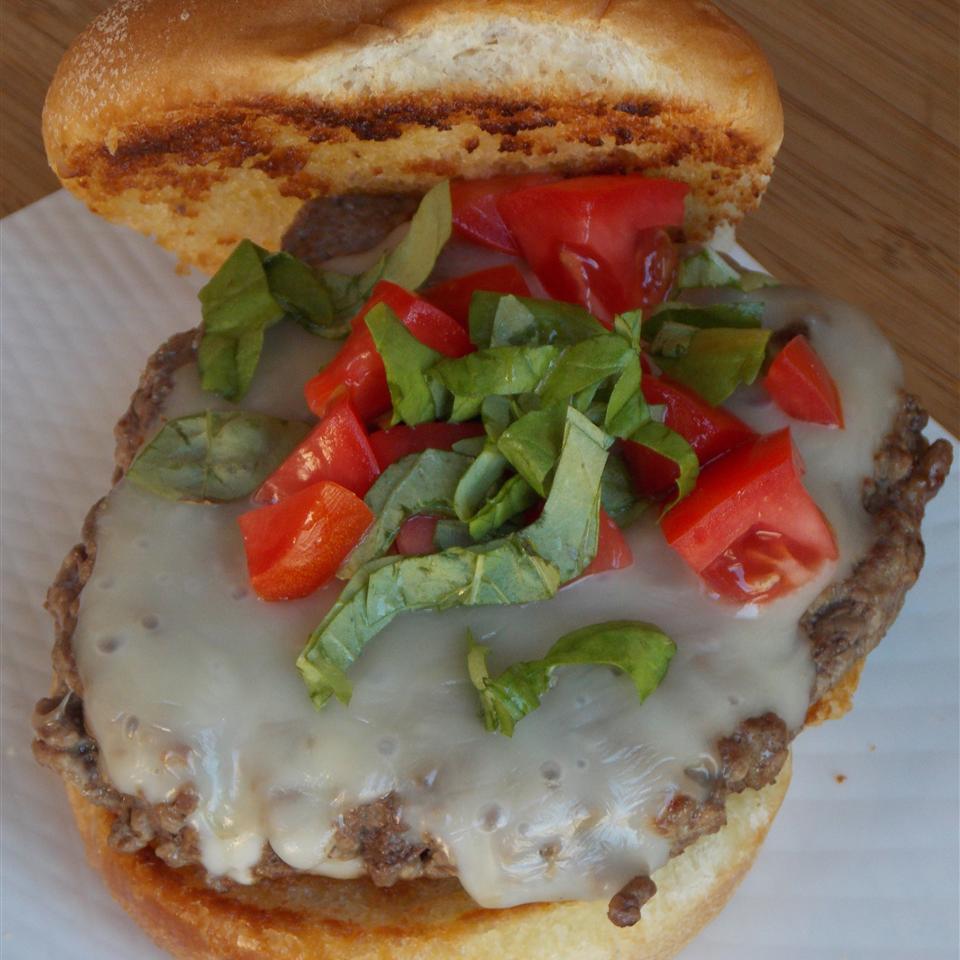**Tinted Fondant: A Culinary Masterpiece for Every Occasion**
Indulge in the art of cake decoration with tinted fondant, a versatile and delectable medium that transforms ordinary cakes into edible masterpieces. This pliable and smooth confection, traditionally crafted from sugar, gelatin, and glucose, offers endless possibilities for creating vibrant colors, intricate designs, and lifelike figurines. With its ability to mold, drape, and adhere effortlessly, fondant opens up a world of creativity for bakers and cake decorators alike. Unleash your inner artist and explore the tantalizing recipes featured in this article, ranging from basic fondant tinting techniques to stunning themed cakes that will leave a lasting impression on any occasion. Discover the secrets of achieving perfect consistency, vibrant hues, and flawless finishes, turning your cakes into true works of art. Embrace the joy of cake decoration with tinted fondant and embark on a culinary adventure that will delight your taste buds and captivate your senses.
TINTED FONDANT

Note: Ready-to-use fondant,from Wilton, 630-963-1818, www.wilton.com.#2 plain pastry tip (#700002),food coloring gels (#603201),from Sweet Celebrations, 800-328-6722 or www.wilton.com.
Provided by Martha Stewart
Categories Food & Cooking Dessert & Treats Recipes
Number Of Ingredients 2
Steps:
- Working on waxed paper, knead a tiny amount of food coloring into fondant. All the parts shown are made by gently forming the fondant as if it were clay. It's just sticky enough that you can press the parts together (lift the finished decorations with a thin spatula).
DECORATING WITH FONDANT

Steps:
- Tip: Rolled fondant is versatile. It can be tinted, flavored, modeled, formed, twisted, imprinted, and shaped into numerous of decorative pieces.
- Tip: Before applying fondant, a "sticky" surface should be applied to the cake which will help the fondant adhere to it. Many spread a thin layer of buttercream before laying out the fondant.
- Tip: When using rolled fondant to make decorations from, roll it to 1/4-inch thick. Either place them flat on greased (use shortening) wax paper or over forms to dry for 24 to 36 hours. Use royal icing to adhere fondant pieces to a rolled fondant iced cake and for the fine decorating commonly used on wedding cakes.
- Tip: The cake to be covered with rolled fondant must be cooled completely, preferably 24 hours, covered. This will tighten the crumbs and make the cake more solid.
- Tip: How far ahead you cover your cake with fondant will depend on the type of cake, filling, icing, etc. you use. With a basic butter cake, the fondant covering should be done no more than 2 to 3 days in advance of decorating and serving. A cake only remains fresh that long anyway and because fondant is sugar based, it's also how long it can stand without breaking down from the moisture in the cake. If you're using a layer cake and/or perishable fillings or icings, then you need to do everything just a day or two before the event.
- Tip: Fondant dries quickly, so while working with it, always keep excess well-wrapped in plastic, as well as the parts on the cake you are not working on.
- Tip: Once wrapped, unrolled fondant keeps for 1 to 2 months at room temperature. Do not refrigerate or freeze. If it gets too hard, put it in the microwave for a few seconds to soften; it will be easier to knead.
- Tip: To smooth out the fondant once it is put on the cake, use cornstarch on your hands to smooth out the fondant.
- Tip: If tiny cracks appear in the surface of the fondant, knead it a little - the warmth from the kneading or pressure from the rolling pin will make it smooth and satiny. Do not use water to smooth out cracks - water dissolves fondant as it is mostly sugar. Instead, use a bit of shortening on your fingertips to repair small tears.
- Add a few drops of vodka, lemon extract or clear vanilla extract. Use a small clean paintbrush to mix the liquid with the dust. Proceed to paint and decorate.
- Tip: Cracking can also be caused if your fondant is rolled too thick. Fondant is heavy and if not rolled thin enough (1/4-inch thick is usually best) the excess can pull the fondant from the top of the cake causing it to crack.
- Tip: To cover a crack, try rubbing a little of the same Fondant over the crack in a circular motion, then using a smother or your hands to rub it in.
- Tip: If fondant pleats at the bottom, gently unpleat and smooth out with the palms of your hands. With the palms of your hands, rub slightly up on sides to form an even top edge.
- Tip: Try to work with fondant in a cool room and on a cool surface. A warm room may make the fondant too soft and difficult to work with.
- Luster Dust Tips
- Tip: Luster dust gives colors a high sheen metallic-like finish. It can be used either alone or mixed with similar colored matte dusts to create a lustrous sheen, without lightening the color. They can also be used on gum paste, royal icing or any frosting recipe that dries hard and is firm to the touch. It is non toxic.
- Tip: Luster dusts can be incorporated into buttercreams to add shimmer cake decorations.
- Tip: When using luster dust, use an airbrush, blush brush or a small artist paintbrush to apply.
- Tip: Because luster dust is not water soluble, never mix them together to make paint colors. Instead use white spirits like vodka, gin, clear vanilla extract or lemon extract - the dust will absorb into these liquids and result in a more intense color. They also dry faster.
- How To Use:
- Use a bowl, mix a small amount of the dusting powder with a clear spirit.
- Luster dust comes in small, 2-gram, tubs. Carefully open the cap and, without breathing, put about 1/4 teaspoon into a very small cup.
Tips:
- Choose high-quality fondant: Opt for a smooth, pliable fondant that is easy to work with and will hold its color well.
- Use gel or paste food coloring: Liquid food coloring can make the fondant too runny, so stick to gel or paste food coloring for best results.
- Knead the fondant thoroughly: Kneading the fondant helps to distribute the color evenly and make it smooth and pliable.
- Add color gradually: Start with a small amount of food coloring and add more until you reach the desired shade.
- Cover the fondant tightly: When you're not working with the fondant, wrap it tightly in plastic wrap or place it in an airtight container to prevent it from drying out.
Conclusion:
Tinted fondant is a versatile and easy-to-use decorating medium that can be used to create a variety of beautiful and festive cakes, cupcakes, and other treats. With a few simple tips, you can easily tint fondant to create custom colors that will match your party theme or personal style. So next time you're looking for a way to add a pop of color to your baked goods, reach for some fondant and get creative!
Are you curently on diet or you just want to control your food's nutritions, ingredients? We will help you find recipes by cooking method, nutrition, ingredients...
Check it out »
You'll also love










